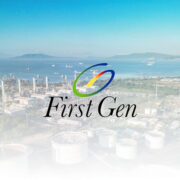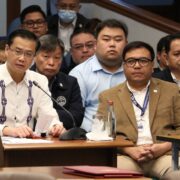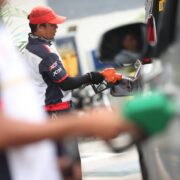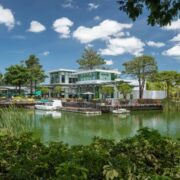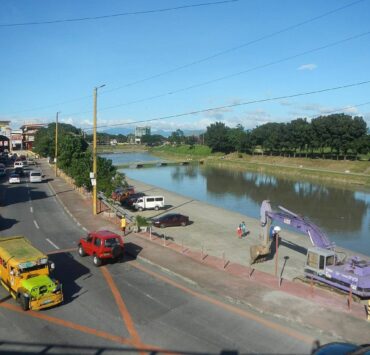Digital twin technology: Why the Philippines should embrace it too
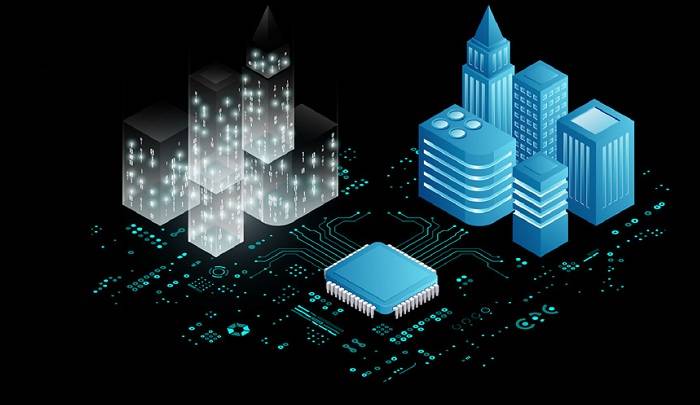
(Conclusion)
Beyond infrastructure and environmental management, digital twins also enhance public engagement.
Because the data is visual, dynamic, and easy to understand, residents can visualize how future developments will affect their neighborhoods. This transparency builds trust, encourages participation in planning processes, and supports more inclusive, citizen-centered urban development.
Transformative adoption
While Singapore’s achievements in digital twin technology are impressive, the Philippines presents a compelling opportunity for transformative adoption.
The Philippines is one of the world’s most climate-vulnerable countries, facing approximately 20 typhoons annually, along with earthquakes, volcanic activity, floods, and landslides. Rapid urbanization, congested cities, informal settlements, inadequate infrastructure, and limited data integration further challenge the country’s sustainable development.
Digital twin technology can address many of these issues directly and effectively.
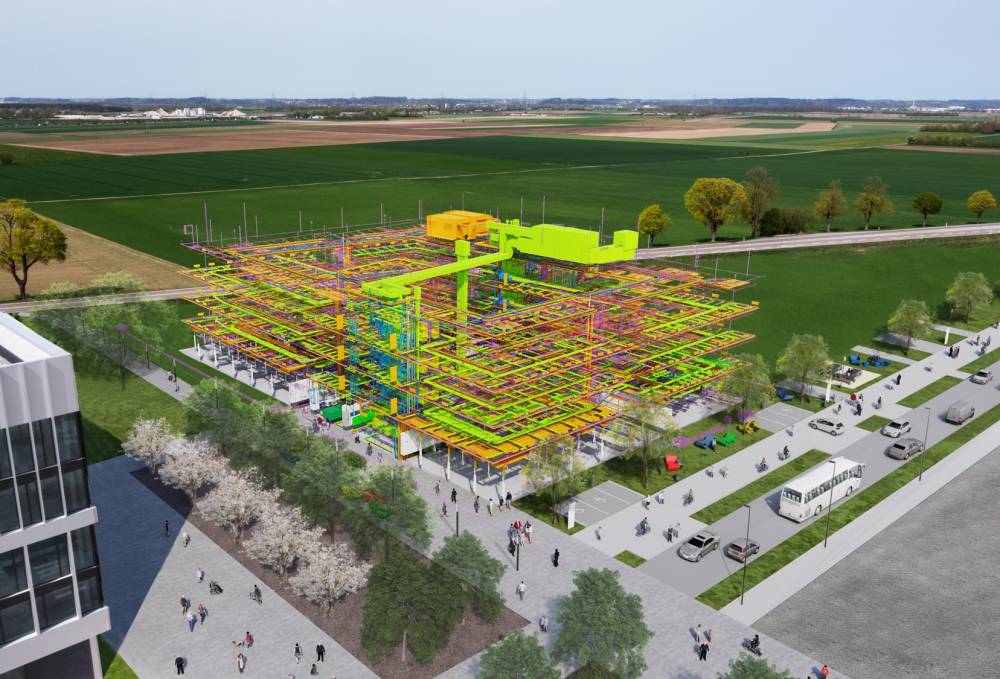
Disaster preparedness
For climate resilience, digital twins can revolutionize disaster preparedness in the Philippines. By simulating typhoon paths, storm surges, flood scenarios, and landslide risks, the country can significantly improve early warnings, evacuation planning, and disaster response.
Instead of reactive emergency measures, the Philippines can shift toward anticipatory climate action rooted in scientific data and predictive analytics. Government agencies can use digital twins to identify the most vulnerable communities, optimize emergency supply routes, and design climate-resilient infrastructure that prevents large scale losses of life and property.
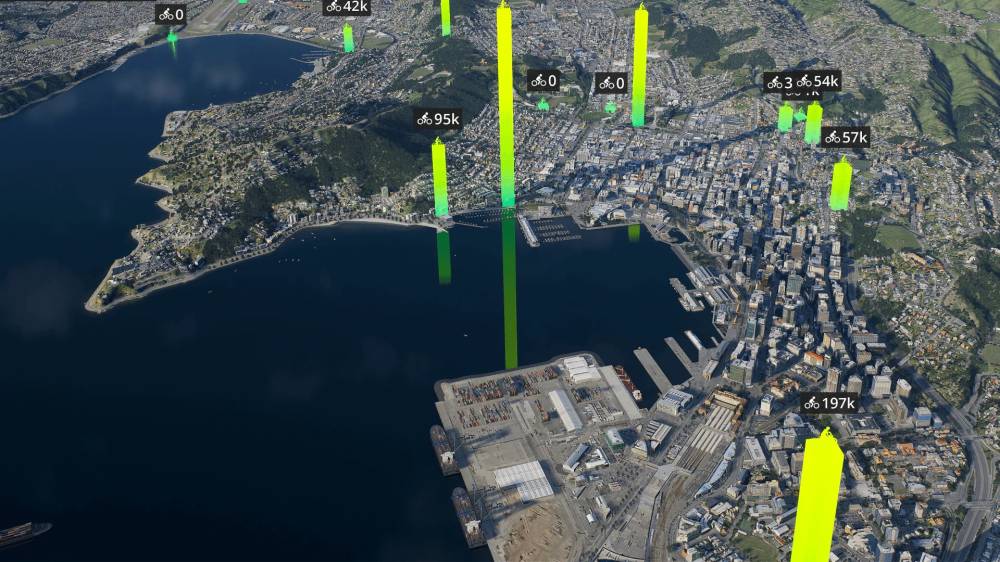
Better urban planning
Urban planning in Metro Manila, Cebu, Davao, and other rapidly growing cities would also greatly benefit from digital twin adoption.
Traffic congestion alone costs the Philippine economy billions of pesos each year, and much of this can be mitigated through better planning supported by real-time data.
Digital twins can simulate transportation behavior, predict congestion hotspots, optimize public transport routes, model population growth, and assess the environmental impact of roads, railways, and commercial developments. These simulations provide a foundation for designing walkable, well-connected, and sustainable urban districts that improve quality of life for millions of residents.

Smarter infra development, resource management
Infrastructure development, a priority under the government’s nation-building programs, can also be streamlined with digital twin technology.
Many infrastructure projects in the Philippines face delays, cost overruns, and coordination challenges. Digital twins, paired with Building Information Modeling (BIM), enable better design coordination, real-time construction monitoring, and predictive maintenance for bridges, airports, rail systems, and public facilities.
They also support transparency by providing verifiable progress data, which can reduce inefficiencies and corruption. In the long term, digital twins can also help ensure infrastructure assets remain safe and resilient throughout their lifecycle.
Resource management is another area where the Philippines can gain significantly. Digital twins can optimize the integration of renewable energy, manage microgrids in rural island communities, improve water distribution systems, detect leaks in old pipelines, model dam behavior, and enhance waste management operations.
Such improvements can reduce carbon emissions, increase efficiency, and support national commitments toward sustainable development.
Improving quality of life
Perhaps the most meaningful impact of digital twin adoption in the Philippines lies in improving overall quality of life.
With better planning and smarter infrastructure, Filipino communities can enjoy cooler and greener public spaces, cleaner air, safer roads, more efficient transportation, reliable utilities, and resilient homes, even in the face of natural disasters. The technology can support inclusive growth by ensuring that sustainable development reaches not only urban centers but also rural areas, coastal communities, and hazard-prone regions.
In conclusion, digital twin technology is more than a digital trend, it is a powerful catalyst for sustainable, resilient, and people-centered urban development.
Singapore has shown how integrating digital twins into national planning, building operation, and environmental management can create a greener, smarter, and more livable future.
With its own set of challenges and opportunities, the Philippines stands to benefit immensely from embracing this technology.
By investing in digital twins and fostering collaboration among architects, engineers, planners, scientists, government agencies, and the private sector, the Philippines can leapfrog toward a future where cities are not only smarter but also safer, healthier, and more resilient.
Both Singapore and the Philippines can shape a shared future where digital innovation and sustainability work hand in hand to improve life for present and future generations.
The author is an Associate at HBA Architecture Singapore specializing in computational design, integrating advanced digital methods to deliver smart and innovative architectural solutions


